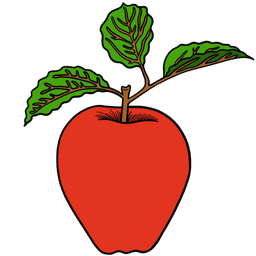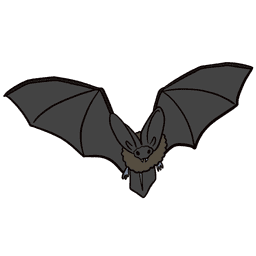Sections
Latest
The brown dog. The yellow cheese. The pink flowers. Let's learn the colors, in German.





Learning the colors in German is important, in order to to be able to describe the things around you. In this lesson, we're going to have a look at basic & complementary colors, as well as words for different shades in German (e.g. dark blue, light green).
Take a look at this table of basic colors:
Listen to the recordings and repeat the words out loud, to familiarise yourself with them.
You'll notice that some of the words for colors in German are similar to those in English:


Whilst others are totally different:


To memorise the colors, it may be helpful to intentionally associate each
color with a specific image. For example, it might help to envision a black
bat in your head whilst thinking of the word schwarz. Once that image is
strongly associated with the word, the next time you see schwarz in writing,
you'll be reminded of the bat, and will know what color is meant!
Here are some other common colors worth learning.
Lastly, here are two important words that will come in handy in this section:
In German, we may compound hell or dunkel with a color to create new, more specific words:
Well done 🎉!
You have learned the German colors! Now we may use these words to describe the subject or object in a sentence.
What other adjectives could we use? Head over to the next lesson on German adjectives, to find out.